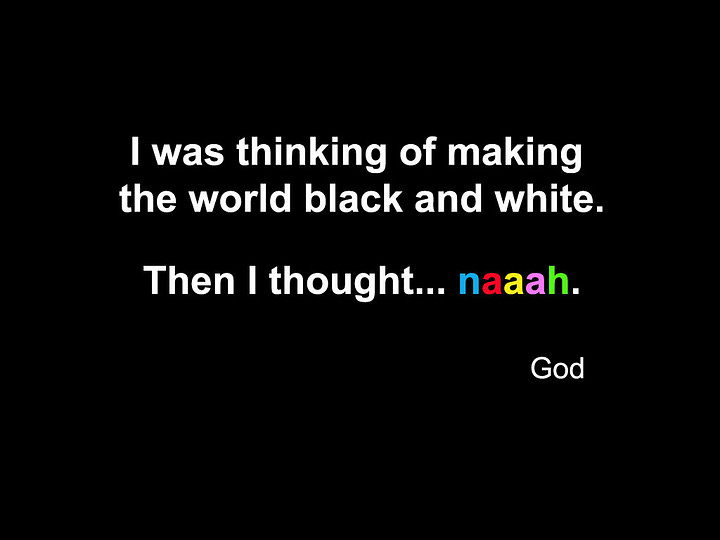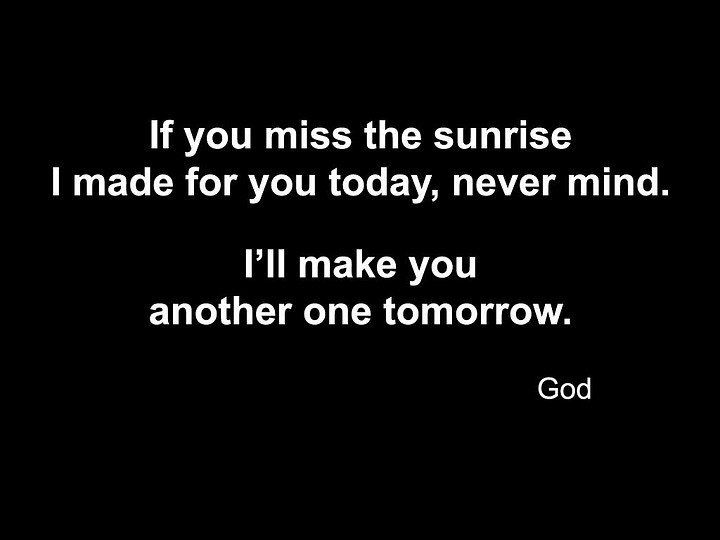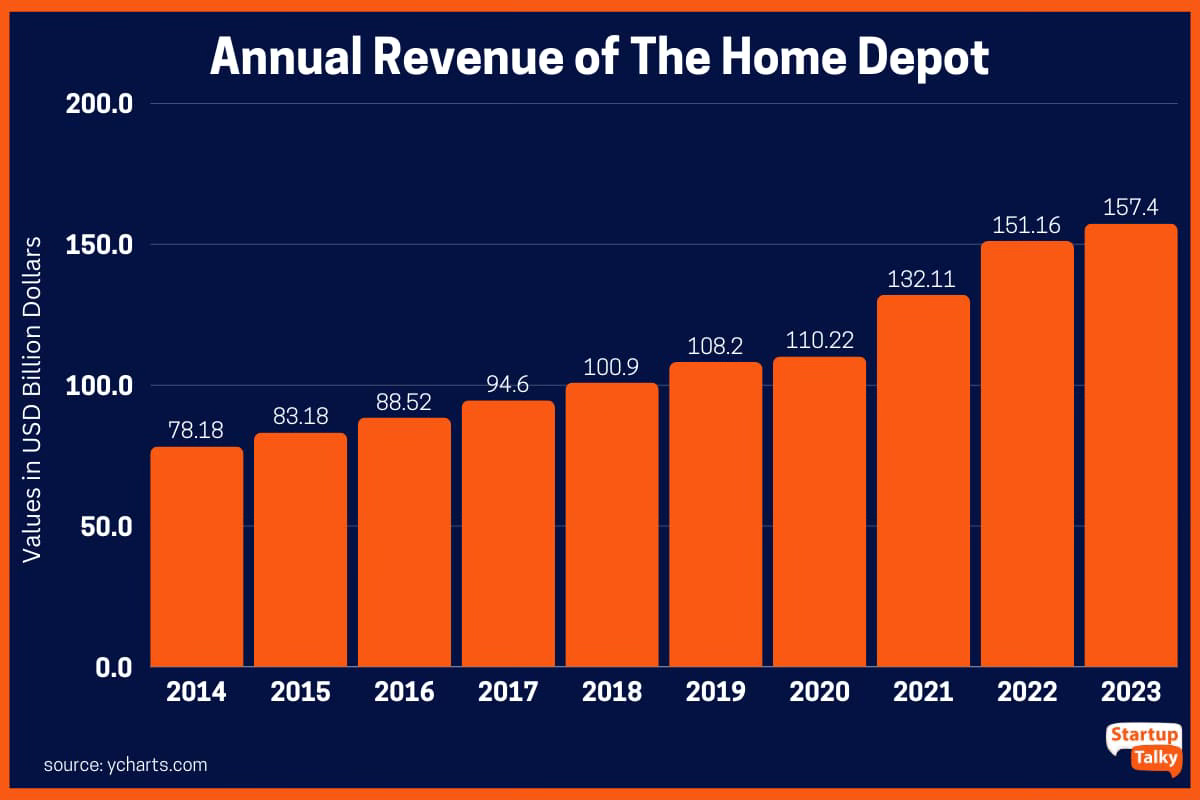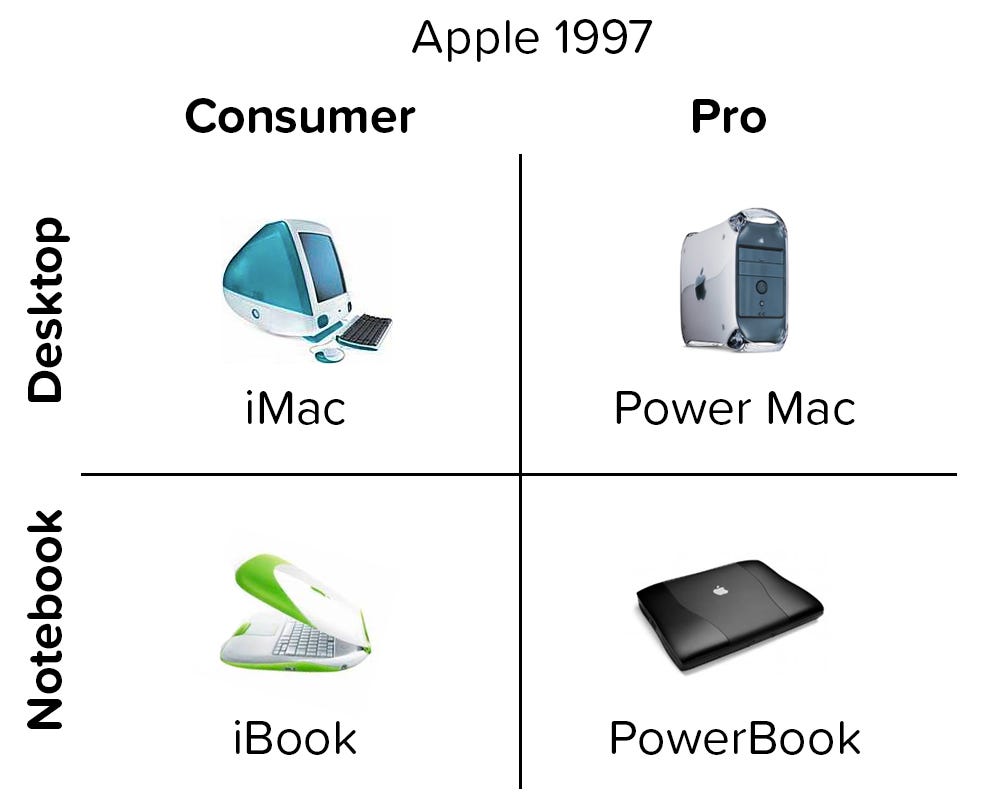What is value?
Category of one moves stretch the definition of value for employees and consumers
Practical ideas on marketing strategy and self-mastery they don’t teach in B-school. Performonks goes to 5,332 curious marketers and founders - join the tribe.
The value of anything is the price we are willing to pay for it.
We exchange our youth and social life for that Olympics Gold.
We withdraw from one Olympics to cement our G.O.A.T. status at the next one.
We can even cut off our limbs to save our lives.
That’s because deep within, we know what real value is worth.
We think value is an ongoing private dialogue between me and myself. But 99 out of 100 times, value is an earworm that society, parents and media have implanted into this dialogue.
That is what marketing does. It implants ideas of what value could be. And then, if the value feels real, truckloads of consumers line up to partake. If the value remains real over time, then employees fall in love with the company and consumers become fans.
Time marinades value. Real value runs deep and reveals its beauty only over time, while shallow value ages like milk.
Today, we will see companies that have not only stretched the definitions of value - for their employees and consumers, but the value they have created has far surpassed what they may have imagined at the start. In doing so, they have
focussed their employees’ energies
changed the way consumers live, think and desire
morphed entirely new industries
they have made ‘category of one’ moves.
Let’s go.
1. Value reframing for consumers
1.1 Philips targeted PR to sell bulbs
The Philips light bulbs' B2B arm was counting pennies in negotiations with procurement managers; this was quickly becoming a win-lose situation.
They decided to widen their circle of influence to CFOs and PR professionals. CFOs, I can understand because the mercury in the bulb needed to be disposed of, and that added cost.
But PR professionals?! For Bulbs?
This was the value hack—the environmentally toxic mercury was a potential publicity hazard.
In 1995, Philips introduced the Alto, an environmentally friendly bulb that is cheaper to dispose of and could be promoted as a sustainable purchase. This created a new high-value B2B market, which they continue to dominate today.
1.2 What would God put up on a hoarding if she bought one?
In 1998, the Smith Agency in Florida got $150,000 from an anonymous donor to ‘reach people who used to be faithful to a religion but had drifted away.’ [source]
Through their ' God Speaks ' campaign, the ad agency changed our definition of God from a stuffy being on a perpetual moral high ground to someone cool and funny.




But that’s not why I included this example. I included it because this campaign’s ROI paid back many times more than the $150,000 - it inspired people to promote it for free and create even more content around it.
The Outdoor Advertising Association of America picked it as its public-service campaign for the year and ran it on 10,000 billboards in 200 cities.
The creator, Charlie Robb, converted it into a book that sold 50,000 copies in the first year.
2. Industry morphing for consumers
2.1 Home Depot substituted two industries
Home Depot substituted two industries simultaneously and created an entirely new home improvement category.
This is how.
For most home repair needs, there were two options. Both sub-optimal:
Contractors - had the skill but were expensive, slow and caused stress.
Hardware stores - sold affordable tools and materials for self-home-improvement but did not offer expertise or help.
Home Depot stocked everything related to home improvement and combined that with a well-trained staff and became the world’s largest home improvement retailer.
2.2 P&G created the Soap Opera
Normal companies embed their content into what the consumer watches. P&G creates a new market of entertainment.
Since it is P&G, it all started with consumer insight. Women preferred to break their housework monotony by listening to the radio or having the TV on, in the background.
P&G was the first to sponsor radio programs, and since the TV production industry was in its infancy, P&G started an in-house production company to produce TV serialised dramas. (That’s how they got their name, “Soap Operas.”)
3. Value reframing for employees
Reframing the company mission reframes employee mindsets. It frees them from the illusion of busyness and narrow missions and erases mediocre aspirations. I found four examples that you may have heard of.
3.1 Coca Cola
Coca-Cola did this when they reframed their mission to ‘share of throat’ instead of ‘share from Pepsi-Cola.’
They did it again when they said they wanted to be ‘within arm’s length of desire.’
3.2 Zandu Balm
Or the Indian pain balm entrepreneur who reframed the enemy as the average Indian’s habit of withstanding pain and postponing medication.
3.3 Apple
Steve Jobs did this with his 2X2 matrix.
3.4 Zappos
Zappos does this when they offer new employees $2,000 to quit. The first few months in a job are the toughest, so if an employee does not leave, it signals culture fit and perseverance. [Zappos]
4. Industry morphing for employees
4.1 Pantone changed what working there meant
Pantone has traditionally been a creator of colour guides that only designers use. I imagine anyone joining Pantone is inclined towards the arts. Imagine how narrow and boring their job would have been in this scenario.
All this changed when Pantone launched The Pantone Color Institute. The institute predicts global colour trends and advises companies on colour in brand identity and products.
This cemented Pantone’s place as a colour thought leader and broadened its employees’ work into bold and creative pursuits. For instance, Pantone works with artists to create art installations to reveal that year's colour.
I like this move because it enriched the meaning for Pantone’s employees - from selling shade cards to curating colour in culture.
In life, as in business, when real people add real value, they thrive
But we have to name our value first.
And say it out loud.
Only then does it start becoming real.
Once we have given our value a name, it acquires a life of its own. Like a glacier collecting ice, it gathers friends, supporters, and fans along the way.
Even as I continue to wrestle with words that describe my value, I invite you to start wrestling with yours.
See you next week, and as always, thank you for reading.










